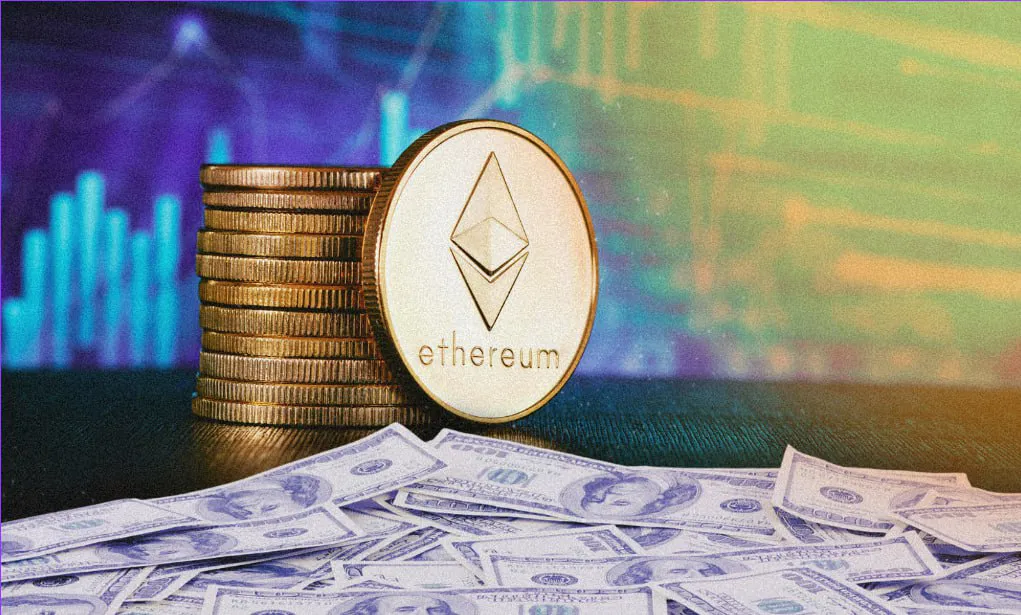Ethereum (ETH) is feeling the effects of accelerated inflation, after adding 57,000 new tokens in the past 39 days. Ethereum’s inflation increased in the past month, as fee burns slowed down.
Ethereum (ETH) spends several months as a deflationary asset, sinking its supply down to 120.07M. After the introduction of EIP-1559, the burning of base fees briefly controlled the supply and even caused deflation.
Now, higher inflation is starting to become noticeable, based on the resulting ETH supply. The effect of the additional ETH tokens would be similar to the appearance of one large-scale whale each year. The market would have to absorb around 700K new ETH each 12 months, after burning the required base fees.
Ethereum remained deflationary until Q2, 2024, with a negative 0.2% rate. Since turning inflationary, more than 250K new tokens were added to the supply. While the market can still absorb the new assets, this ends the narrative of ETH as ultra-sound money.
In the past 30 days, Ethereum produced 77K new tokens, burning 20K, for a net increase of 57K. Weekly, the network expands by roughly 15K tokens, retaining the growth trend. Inflation is speeding up, from 0.53% in the past months up to 0.67%. The current rate is still lower than the mining inflation, which would have reached 3.99%. Ethereum is still behind Bitcoin’s inflation of 0.83%.
L2 usage and a slow market undermine Ethereum’s fee performance
Several factors are pushing Ethereum inflation higher and the trend is already reflected in the available supply. The current Ethereum token burn removes a few hundred tokens from circulation each day, while previously burns destroyed thousands of tokens each day. During deflationary times, Ethereum was capable of destroying 1% of the total supply in 40 days.
In 2022 and 2023, periods of low burn rates were mostly due to the bear market and general stagnation. Currently, Ethereum shows signs that the majority of traffic has moved to L2 blockchains, which achieved the long-awaited scalability. On a three-month basis, Ethereum is still the leader in terms of generated fees. On a weekly basis, Ethereum lags behind TRON and LidoDAO, with around $13M in fees shared with validators.
Due to its network structure, Ethereum is still much more expensive compared to L2 chains. Ethereum fees for basic activities such as a DEX swap can range between $0.90 and $5, depending on network usage. In a competitive landscape, L2 fees offer access to most DEX and DeFi activity for as low as $0.001.
Overall, fees paid on both Ethereum and L2 are declining, as activity is down by more than 50%. After the first big correction for the year at the end of June, activity decreased within the Ethereum ecosystem, taking down both fees and active daily users. Median USD fees for some of the high-profile L2 chains also slid, showing diminished activity. Most chains slowed down and took in lower fees in the past 30 days.
L2 solutions slow down Ethereum due to blob spaces in each block
There is no consensus on whether Ethereum is better off as a high-fee chain, or as a chain that allows for L2 scaling. In the past, Ethereum’s founder Vitalik Buterin has shown preference for scaling through rollups and other L2 solutions. Others see L2 as fragmenting the liquidity and depriving ETH stakers of higher fees.
L2 are also creating the problem of blobs, where they package their transaction states and record them on the Ethereum mainnet. Block builders are the new entities in the Ethereum ecosystem, which change the landscape of L2 scaling.
Some builders prefer to compose blocks that favor MEV transactions for fast trades, while others accept blobs and their higher fees, although they slow down block production. The Ethereum ecosystem has shown there is no straightforward way to growing and scaling, and some metrics may remain in conflict.
The combined low on-chain activity and L2 migration meant Ethereum gas was down to levels not seen since 2019. Usual fees for transactions in 2021 would reach 200 GWei. In the past month, base fees are usually at 1-2 GWei, with the odd daily spike to 20 GWei. Even those fees are sometimes prohibitive when compared to L2 chains. Ethereum still has days with high fees, but they are not enough to drive the scarcity narrative.
Cryptopolitan reporting by Hristina Vasileva





